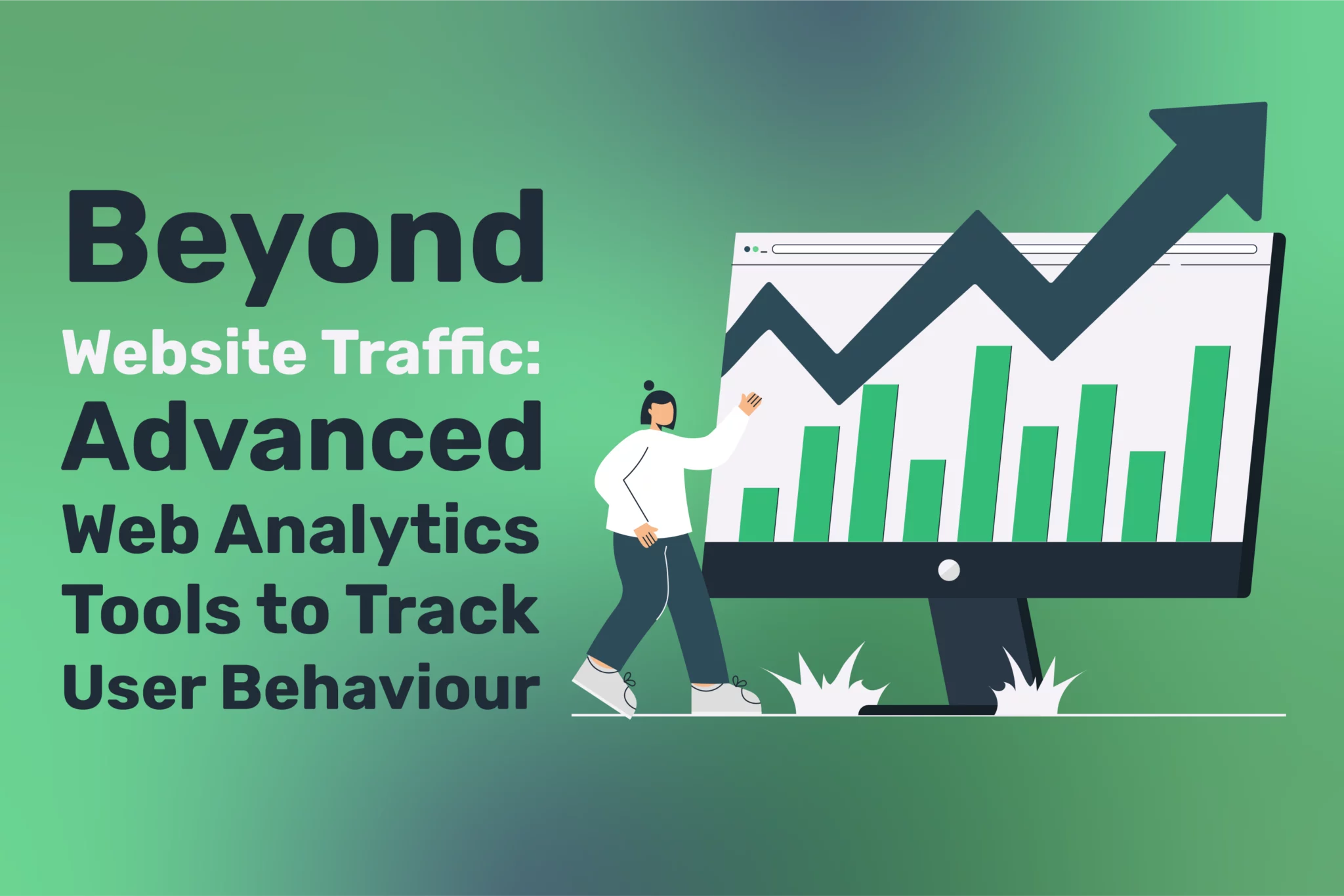Why Financial Closing Software is the Next Big Thing for Startups
In the world of startups, speed is currency — and yet, when it comes to financial closing, many young companies find themselves stuck in slow workflows. One such critical area is financial close, where closing the books often lags behind, mired in manual checklists and late-night spreadsheet marathons.
As startups scale, the cracks widen. Small errors turn into costly mistakes. A delayed financial close isn’t just an operational hiccup; it can blur the visibility founders and investors need most when making high-stakes decisions. In today’s hyper-competitive environment, waiting weeks to get a clear picture of your company’s financial health isn’t just inefficient — it’s risky.
Fortunately, the new wave of financial closing software is changing the equation, helping startups streamline their back-end operations with the same energy and agility they bring to their front-end innovation. Let’s explore why this shift is becoming not just smart, but essential.
Manual Closures Are a Hidden Bottleneck for Startups
Financial operations often run on a patchwork of spreadsheets, emails, and memory. At first, when the team is small and transactions are few, this setup can seem manageable. But as deals multiply, investors come on board, and regulatory requirements tighten, the cracks start to show.
According to the latest reports dysfunctional and manual financial reporting processes are expected to cost U.S. businesses $7.8 billion this year, with financial planning and analysis teams often spending at least two hours each week on manual work and company budgets sometimes taking up to six months to prepare. For fast-moving startups, that kind of inefficiency isn’t just an inconvenience — it’s a real business risk.
Delays in closing the books can mean missed funding windows, inaccurate forecasts, and weakened investor confidence. The irony? Many startups pour resources into automating their marketing or scaling product development but continue to rely on outdated manual methods for their financial backend — often realizing the consequences only when it’s too late.
From Bottleneck to Breakthrough: How Automation Transforms Financial Operations
Beyond Time Savings: Quality and Strategic Insights
Adopting financial closing software isn’t simply about cutting down calendar days. It fundamentally elevates the quality, accuracy, and strategic value of financial information driving critical business decisions.
When startups automate reconciliations, journal entries, and close checklists, they’re building a robust, auditable foundation for responsible growth. This shift allows finance teams to transition from number-crunching to providing strategic insights that guide business direction.
Financial teams report spending up to 70% of their time on transactional activities when using manual processes. Automation can flip this ratio, allowing finance professionals to dedicate most of their time to analysis and strategic support. This transformation turns the finance function from a back-office necessity into a front-line strategic asset.
Automated systems also dramatically reduce error rates. Manual data entry typically has an error rate of 1-3%, which may seem small until you consider the potential impact on financial statements. These small mistakes compound over time, potentially leading to material misstatements that could affect business decisions or funding opportunities. Automated systems can reduce this error rate to near zero, providing much higher confidence in the numbers.
Real-Time Visibility for Agile Decision Making
Modern financial close solutions offer dashboards with immediate visibility into:
- Cash positions and runway projections
- Outstanding liabilities and receivables
- Revenue streams across products or segments
- Budget versus actual performance
- Key performance indicators tailored to your business model
- Trend analysis across multiple periods
- Exception highlighting for unusual variances requiring attention
This real-time data transforms how startups operate, enabling faster responses to market changes, more accurate resource allocation, and confident decision-making based on current realities rather than outdated snapshots.
Take cash management as a critical example: For startups, understanding runway isn’t a quarterly exercise—it’s a daily necessity. Manual processes might give you last month’s cash position, while automated systems can provide today’s position with projected runway based on current burn rates. This visibility can mean the difference between proactively seeking funding or scrambling when cash runs short.
The same applies to revenue monitoring. Spotting unexpected dips or spikes in revenue channels as they happen, rather than weeks later, allows for immediate investigation and action. Perhaps a payment gateway has issues, or a new marketing campaign is performing exceptionally well. This timely visibility allows for course correction or doubling down on success without waiting for the month-end close to reveal what happened.
Continuous Close vs. Period-End Sprints
Advanced financial closing software enables a fundamental shift from the traditional period-end close marathon to a continuous close approach. Rather than compressing reconciliations, adjustments, and reviews into a high-pressure week or two after month-end, many tasks can be performed throughout the period:
- Daily bank reconciliations keep cash balances current
- Automated matching of transactions reduces month-end workload
- Pre-programmed accruals can be calculated automatically
- Exception-based reviews focus attention only where needed
This approach spreads the workload evenly, reduces pressure on the finance team, and provides more current information to management throughout the month rather than in a delayed burst after the close. The result is a finance team that can maintain work-life balance even during month-end, reducing burnout and staff turnover—a significant consideration for startups with lean teams.
Building Investor Confidence with Robust Financial Systems
Financial closing software isn’t just about efficiency—it’s about giving startup founders the crystal-clear visibility they need to make confident decisions in a competitive market. When we work with growing businesses, we often see how automating these critical processes frees their teams to focus on strategy rather than spreadsheets,” notes Ciaran Connolly, Director of ProfileTree.
For founders eyeing their next funding round, the ability to present clear, trustworthy financials—without scrambling at the eleventh hour—can significantly impact investor discussions. Consider the due diligence process: investors typically request financial information spanning multiple periods, broken down in various ways. With automated systems, producing these reports takes minutes rather than days, and the consistency of the data inspires confidence.
Investors also pay close attention to a company’s financial infrastructure as an indicator of maturity and readiness to scale. A startup with robust, automated financial processes signals to investors that:
- Management values accurate financial information
- The company can scale operations without proportional increases in overhead
- Financial discipline is part of the company culture
- The leadership team is forward-thinking and efficiency-minded
Investors have seen too many promising startups derailed by poor financial management. Clean, automated financial systems serve as both risk mitigation and competitive advantage in the fundraising process.
Compliance and Audit Readiness
As startups grow, regulatory and compliance requirements inevitably increase. Whether it’s preparing for your first external audit, meeting tax filing deadlines, or addressing industry-specific regulations, automated financial systems provide significant advantages:
- Audit trails capture who did what and when, documenting the entire close process
- Supporting documentation can be attached directly to transactions and journal entries
- Consistent application of accounting policies is enforced through system controls
- Historical data is readily accessible and searchable without digging through file folders
The first audit can be a shock for many startups, with auditors requesting samples, documentation, and reconciliations that may be scattered across various systems and team members. Automated financial closing systems centralize this information, dramatically reducing the stress and disruption of the audit process.
Startups with strong financial systems from the outset are more likely to attract top-tier investors and secure better valuations. They’re also better positioned to navigate the increasing financial scrutiny that comes with growth.
Essential Features to Look For in Financial Closing Software
Core Automation Capabilities
When evaluating financial closing solutions, focus on tools that automate:
- Account reconciliations and balance sheet certification
- Journal entry creation, approval, and posting
- Financial close task management and workflow
- Variance analysis and commentary
These core functions eliminate the most time-consuming and error-prone aspects of manual closes, delivering immediate efficiency gains.
Integration with Existing Systems
The right financial closing software should seamlessly connect with your:
- Accounting system or ERP
- Banking platforms
- CRM and billing systems
- Document storage solutions
This integration eliminates manual data transfers, reduces errors, and creates a single source of financial truth across your organisation.
Scalability for Growing Startups
Select software that can grow alongside your business:
- Multi-entity support for expanding operations
- Advanced reporting capabilities for investor and board presentations
- Configurable workflows that adapt to evolving processes
- Robust security and compliance features for increasing regulatory requirements
The solution you choose today should accommodate your needs both now and three years from now, avoiding the disruption of switching systems during critical growth phases.
Implementation: Making the Transition from Manual to Automated
Assessing Your Current Process
Before selecting software, document your existing close process:
- Map out all current activities, responsibilities, and timelines
- Identify bottlenecks, error-prone tasks, and manual workarounds
- Quantify the time spent on low-value activities versus analysis
- Determine your specific pain points and improvement priorities
This assessment provides the foundation for selecting the right solution and measuring success after implementation.
Selecting the Right Solution
When evaluating vendors, consider:
Look for case studies or references from similar-sized companies in your sector to understand real-world experiences with the platform.
Change Management and Team Adoption
The technical implementation is only half the journey. Successful automation requires:
- Clear communication about the benefits and changes
- Comprehensive training tailored to different user roles
- Defined process documentation for the new workflows
- Quick wins to demonstrate value and build momentum
Plan for a transition period where team members may need additional support as they adapt to new processes and responsibilities.
Moving Forward: Financial Agility as a Competitive Advantage
Startups are built to disrupt, to question the status quo. Yet many still cling to outdated financial processes simply because “that’s how it’s always been done.” As business competition intensifies, this mindset becomes increasingly untenable.
Financial closing software isn’t just a tool for today—it’s an investment in future growth. It frees up time, sharpens insights, and helps companies capitalise on opportunities with confidence. For ambitious startups, automation isn’t a luxury but a strategic necessity.
The future belongs to companies that can move swiftly without sacrificing financial clarity. By transforming the close process from a monthly bottleneck into a competitive advantage, startups position themselves for sustainable growth and success in increasingly demanding markets.





